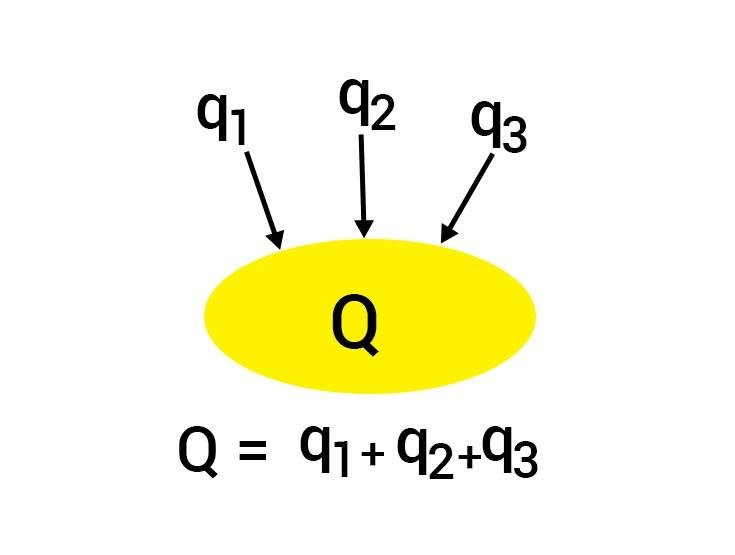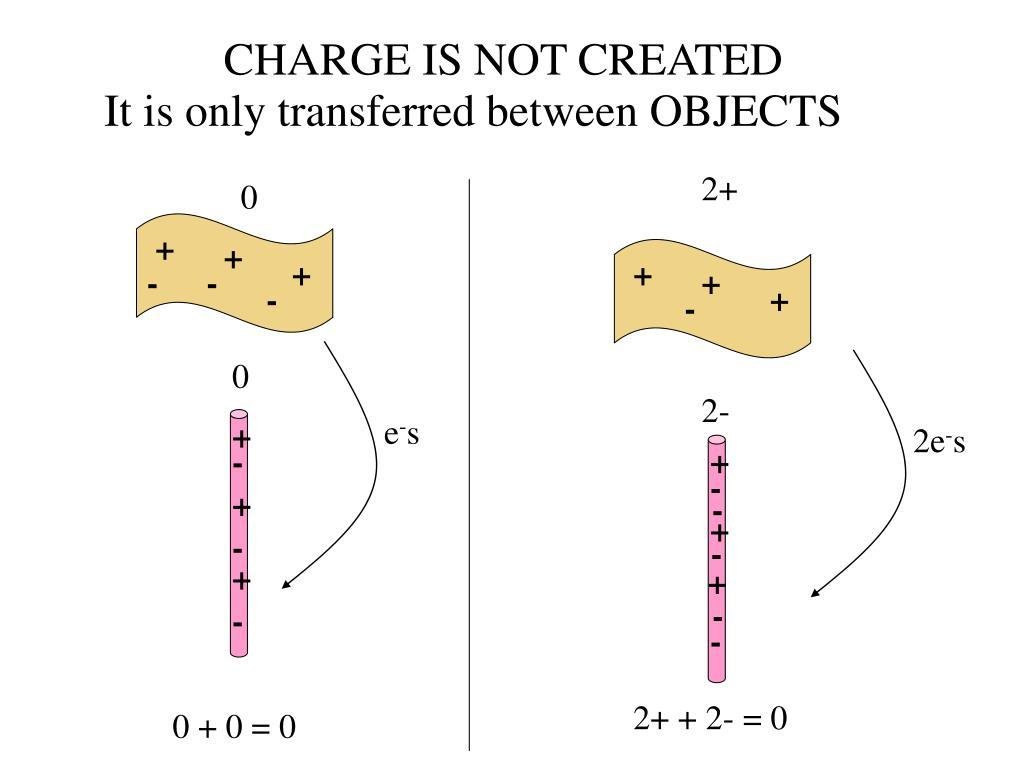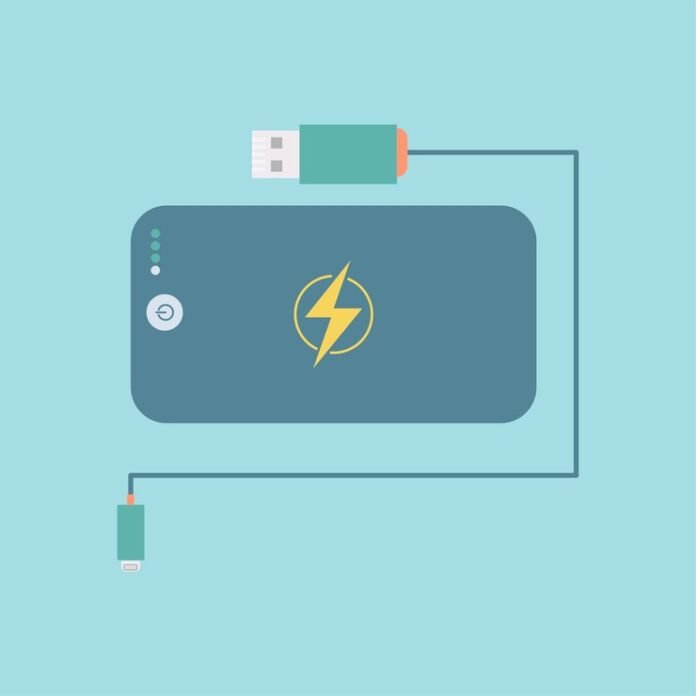If you are looking for the Basic properties of electric charge, you have come to the right place!
In this article, we will discuss the basic properties of electric charge. Before going to the properties of electric charge, we should be aware that what electric charge is. After knowing about electric charge we will go through some real-life examples where electric charge and its properties play an important role.
The purpose of this article is to provide a brief overview of the basic properties of electric charge, how it is useful in daily life, and any other important information that you might need to know. If you do not have time to read all of the information, then I would suggest reading the introduction sections first.
Introduction
Electric charge is a fundamental characteristic of matter possessed by some elementary particles, which governs how an electric or magnetic field affects the particles. Electric charge is two types’ positive charge and negative charge. If two bodies that have opposite charges always attract each other with some amount of force similarly if bodies have the same charge they always repel. Normally the charge on any atom is zero because there are the same number of electrons (-ve charge) and protons (+ charge) in the atom. But if we give some amount of energy to the atom in form of heat or other then an electron leaves its orbit and the atom will be positively charged. So we can say that if any atom loses an electron it will be positively charged and if it gains electrons then it will be negatively charged.
The electric charge has magnitude only not direction so it is a scalar quantity and it is denoted as ‘q’. The unit of charge is coulombs and it is represented by ‘C’. Electric charge can be observed in many activities in daily life. For example, when we rub a comb it attracts small particles apart from this lighting during a thunderstorm because of the electric charge. Electric charge can produce electric and magnetic fields. Let’s assume an electric charge is in a rest position then it produces an electric field and if it is moved with some velocity ‘v’ then it produces a magnetic field.
Properties of electric charge
There are the following important properties of electric charge
Additivity of electric charge
Electric charge is a scalar quantity so if an object has n number of charges then the total charge is calculated using the simple algebraic sum of all the charges present on the object.

Fig-1
Q = q1+ q2+ q3+….. qn
Conservation of electric charge
The total electric charge on an isolated object is conserved. This means the total charge in the initial and final state will be the same. There is no new charge produced and destroy in the isolated object. It only can transfer from one body to another.

Fig-2
Let’s consider a glass rod and silk clothing. Initially, the charge in both is 0 so the total charge will also be zero. Now if we rub both of them against each other it causes some electron transfer from the silk clothes to the glass rod. Let 2 electrons be transferred from the silk cloth to the glass rod. Then the charge on the silk clothing is +2e and on glass, rod is -2e.
The total charge will be q = +2e-2e = 0.
Thus no charge is produced and destroyed in this isolated object it only transfers.
Quantization of electric charge
Electric charge on any object is always in small quantity. The smallest quantity of charge in an object is equal to the charge of one electron. If any object has charged more than this then it will be in the form of the integer multiple of ‘n’.
i.e. q = ± n.e
Where, ‘n’ represents integers i.e. 0,1, 2, 3, 4. . . . . . . . . . . . . n.
Invariance of electric charge
Invariance means not to vary. According to this property, the electric charge will not vary whether it is in rest or in motion. This means electric charge remains constant at all velocities.
Recommended Articles:
Understanding the Crucial Role Banking Of Roads for Safer Highways
Bar Magnet: Uses, Similarities, Behavior and Derivation
Bar Magnet: Classification, Types, Properties, Lines, and Uses
Barometer: Definition, Working, Pressure, Types and Unit
Basic Laws of Physics: Motion, Conservation of Energy, Mass and Thermodynamics
Electric charge is the scalar quantity which has the properties of additivity, conservation, quantization, and invariance. charge developed on the cloth q = 3.2 × 10-9 C Charge carried by an electron q = 1.6 × 10-19 C From q = n.e n = 2 × 1010 electrons Thus, 2 × 1010 electrons will transfer from glass rod to silk cloth to develop 3.2 × 10-9C charge on the silk cloth. Electric charge is a fundamental characteristic of matter possessed by some elementary particles, which governs how an electric or magnetic field affects the particles. If any object has charged more than the charge of one electron then it will be in the form of the integer multiple of ‘n’. Basic Properties of Electrical Charge FAQs
What are the different properties of electric charge?
A glass rod is rubbed against a silk cloth, and the electric charge developed on the silk cloth is 3.2 × 10-9C. Calculate the number of electrons transferred from the glass rod to the silk cloth.
Explain electric charge.
Briefly explain the quantization of electric charge.
